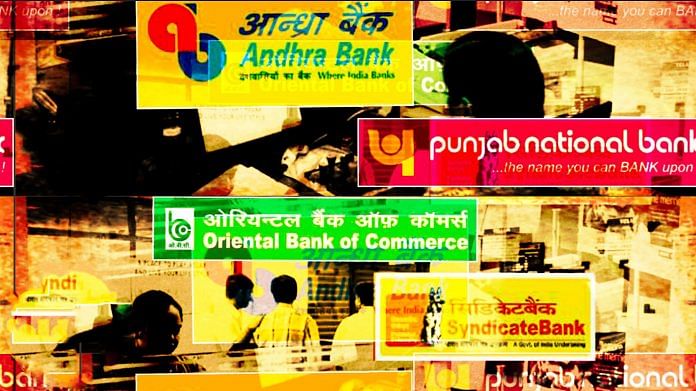A recent inculcation in the Indian economy is the introduction of ‘bad banks’ by the Union Budget of 2021-22. It is specifically put in place to deal with stressed and Non-Performing Assets (NPA) of the financial institutions in the country. Developing from the same, the National Asset Reconstruction Company Limited (NARCL) with the public sector banks (PSBs) possessing 51 per cent of its shares, will procure stressed assets worth Rs 2 lakh crore from various commercial banks in a phased manner. In exchange for the procurement, the NARCL will provide 15 per cent cash upfront and issue the balance as tradable Security Receipts (SRs). Adding credibility to the SRs, they will be backstopped by the Indian government for a value of Rs 30,600 crore with a validity of five years. This guarantee also intensifies the liquidity of the tradable SRs. Taking a step forward, the India Debt Resolution Company Ltd. (IDRCL) will step in to allow management and maximum valuation of the stressed assets.
With the twin-pronged mechanisms of NARCL and the IDRCL, the presence of adequate capital and guarantee is expected to allow a rapid resolution of stressed assets. Relieving of stressed assets acts as a stimulus for fresh loans and guarantees to consumers. Additionally, the volume of NPAs in the country, a backstop from the government, act as contingency buffers. Taking into consideration the large pool of assets, the probability of the realisation value surpassing the acquisition cost will subside the need to draw down on the guarantee. Further, placing roadblocks for unnecessary delay in the resolution process for discharging of assets and SRs, the NARCL will pay a fee to the government, which would see a gradual increment with time.
The corporate structure of bad banks for asset reconstruction is highly effective and has already found its presence in several countries around the world including the United States, Sweden, Finland, Ireland, etc. However, in India, the tables turn with the involvement of the government. The working structure of bad banks in our country is being financially supported by the taxpayers’ money.
This guarantee can be invoked when the assets of financial institutions remain unsold for a period of more than five years. Therefore, to initially allow the continuous development of these banks and to move forward with their business, the government is pooling in financial aid. On the contrary, in the scenario where the monetary funds by the government extinguish and the bad banks have yet not been able to sell off the stressed assets, the taxpayers might be the ones facing the brunt. In parallel, although 85 per cent of the payment in exchange for the NPAs will be through transferable SRs and can be sold off by the banks, per say; a market for the same is yet to emerge.
The entire scenario can be taken into consideration in two ways. On one side it allows the bank to deal with its toxic assets and commence with fresh loans. Subsequently, as the NARCL and the IDRCL work, the recovery received from the same put the banks in a much beneficial position. On the other hand, the picture from the side of the government and taxpayers can take a toll. Further, the toll on the Indian economy recently with the pandemic has been so massive that the sole dependence for recovery based only on the working of two institutions is a mirage.
Although the concept of bad banks was solely for reforms, it is just the beginning and can have a massive and threatening rebound, particularly for the economy. Dealing with the consistent heap of impaired assets, such policies and regulations will allow the financial institutions to recover in a slow and steady manner, which might be much better for the economy.
Dipanita Roy is a student at SVKM’s Pravin Gandhi Law College, Mumbai. Views are personal.



